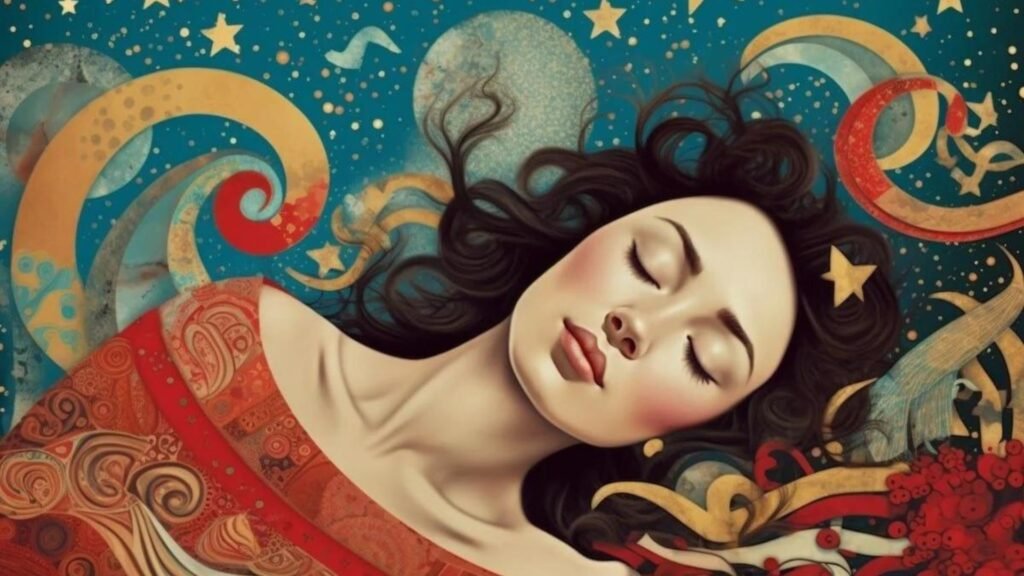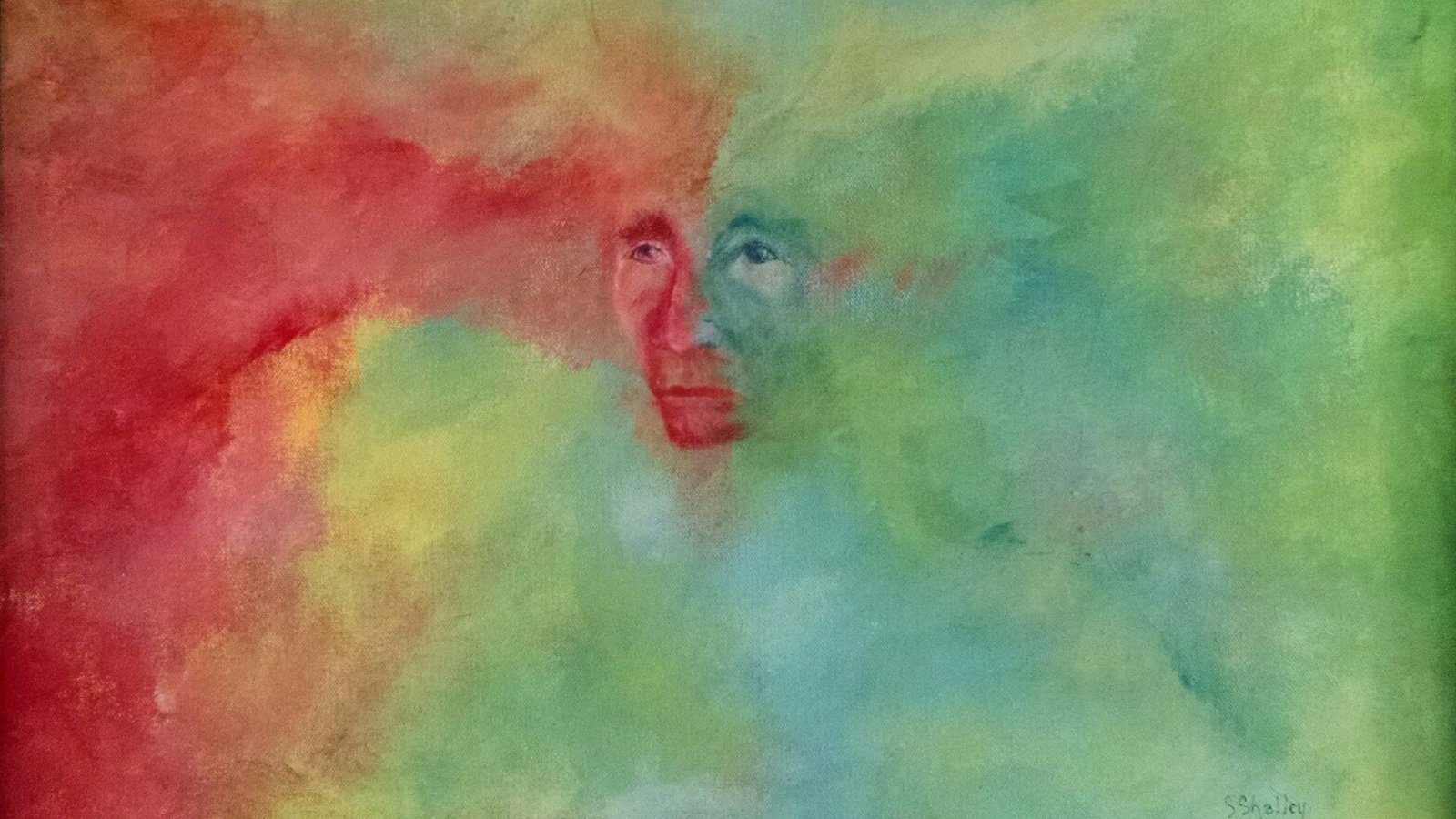Dreams and creativity have long been intertwined, with many artists drawing inspiration from the vivid imagery and emotional depth of their dreamscapes. From Salvador Dalí’s surreal paintings to Mary Shelley’s “Frankenstein,” dreams have played a crucial role in shaping some of the most iconic works of art and literature. This article explores the relationship between dreams and creativity in artists, examining how dreams can fuel artistic expression and innovation.

Dreams as a Source of Inspiration
1. Unconstrained Imagination
Dreams provide a realm where the subconscious mind can roam freely, unconstrained by the rules of logic and reality. This allows for the creation of unique and imaginative ideas that might not surface during waking hours. Artists can tap into this wellspring of creativity to develop new concepts and perspectives in their work.
2. Symbolism and Metaphor
Dreams are rich in symbolism and metaphor, offering a treasure trove of material for artists to explore. These symbols can be interpreted in various ways, providing multiple layers of meaning in a single piece of art. By incorporating dream imagery into their work, artists can create more profound and evocative pieces that resonate on an emotional level.
3. Emotional Depth
Dreams often reflect our deepest fears, desires, and emotions, providing a direct connection to our inner selves. This emotional depth can be channeled into artistic expression, allowing artists to convey powerful feelings and experiences through their work. By accessing the emotional intensity of their dreams, artists can create more authentic and impactful art.
Famous Examples of Dream-Inspired Art
1. Salvador Dalí
Salvador Dalí, a prominent surrealist painter, famously drew inspiration from his dreams. His work often features bizarre and fantastical imagery, such as melting clocks and distorted figures, which reflect the surreal nature of his dreamscapes. Dalí believed that dreams held the key to unlocking the unconscious mind and used his art to explore this hidden world.
2. Mary Shelley
Mary Shelley’s classic novel “Frankenstein” was inspired by a vivid dream she had about a scientist who created life. The haunting imagery and themes of her dream were translated into a groundbreaking work of literature that continues to captivate readers today. Shelley’s dream provided the foundation for a story that delves into the complexities of human nature and the consequences of playing god.
3. Paul McCartney
Paul McCartney, a member of the legendary band The Beatles, composed the melody for the song “Yesterday” after hearing it in a dream. The song went on to become one of the most covered songs in history, showcasing how dreams can serve as a powerful source of musical inspiration. McCartney’s experience highlights the potential for dreams to spark creative breakthroughs in music.
Techniques for Harnessing Dream Creativity
1. Keeping a Dream Journal
One of the most effective ways to harness the creative potential of dreams is to keep a dream journal. By recording your dreams as soon as you wake up, you can capture the vivid details and emotions that might otherwise fade from memory. Reviewing your dream journal can reveal recurring themes and symbols that can inspire your artistic work.
2. Practicing Lucid Dreaming
Lucid dreaming, the ability to become aware that you are dreaming while still asleep, allows you to actively engage with and explore your dreamscapes. This technique can be particularly useful for artists, as it enables you to consciously shape and interact with the imagery and scenarios in your dreams. Lucid dreaming can provide a deeper level of insight and inspiration for your creative projects.
3. Meditation and Visualization
Meditation and visualization techniques can help you tap into the creative power of your dreams. By focusing on your dreams and visualizing their imagery during meditation, you can strengthen the connection between your waking and dreaming minds. This practice can enhance your ability to recall and utilize dream content in your artistic work.
Conclusion
The relationship between dreams and creativity in artists is profound and multifaceted. Dreams offer a unique and unbounded source of inspiration, providing rich symbolism, emotional depth, and imaginative ideas that can fuel artistic expression. By keeping a dream journal, practicing lucid dreaming, and engaging in meditation and visualization, artists can harness the power of their dreams to create more innovative and impactful art. Embracing the connection between dreams and creativity can lead to greater artistic growth and the creation of work that resonates deeply with audiences.




